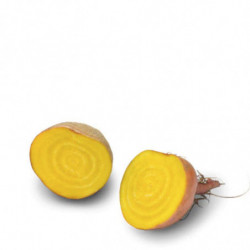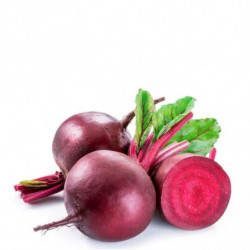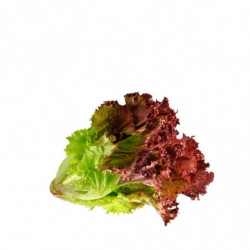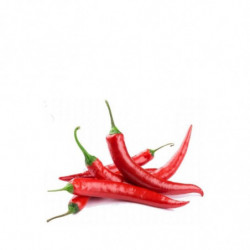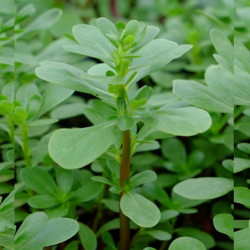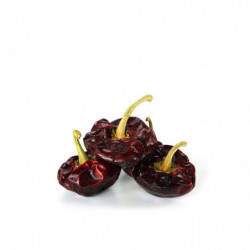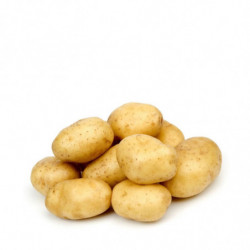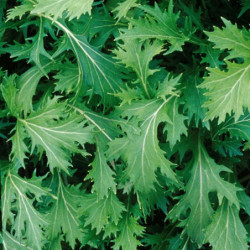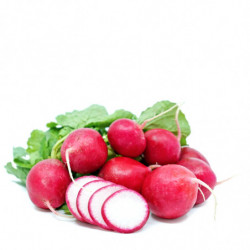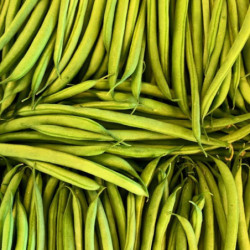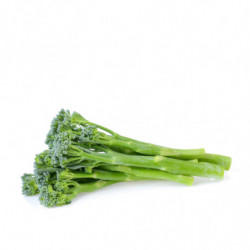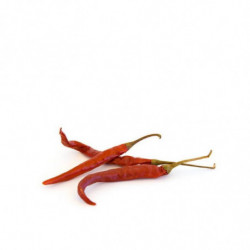Explore the Versatility of Yellow Beets
Yellow beets are a variety of common beet (Beta vulgaris) characterized by their vibrant yellow skin and flesh. Below are some of their most prominent features:
Appearance: Yellow beets have a round shape and a size similar to red beets. Their skin is yellow, smooth, and shiny, while their flesh is intense yellow and firm.
Composition: Yellow beets are a nutrient-rich vegetable, containing a variety of vitamins, minerals, antioxidants, and fiber. They also contain beta-carotenes, which give them their characteristic yellow color.
Origin: Like red beets, yellow beets originate from the Eastern Mediterranean and have been cultivated for over 2,000 years. They are currently grown in different regions worldwide, including Europe, North and South America, Asia, and Oceania.
Current Cultivation Areas: Yellow beets are cultivated in countries such as Spain, Italy, France, Germany, the United Kingdom, the United States, Canada, Mexico, Argentina, Chile, Peru, China, Japan, and Australia, among others.
History: Yellow beets were originally cultivated for their leaves, which were used as a vegetable. It was in the 16th century when their root began to be used for human consumption.
Culinary Uses: Yellow beets can be consumed raw or cooked and are used in a variety of dishes. They are especially popular in salads but can also be used in soups, stews, purees, pies, and other preparations. Additionally, their sweet and mild flavor pairs well with other ingredients such as goat cheese, walnuts, and apples.
Therapeutic Properties: Yellow beets are a very healthy vegetable used in natural medicine to treat various conditions. They are attributed with depurative, diuretic, digestive, and antioxidant properties, among others.
Iconic Dish: There is no typical dish that stands out for the use of yellow beets, as their use is quite diverse in cooking. However, as mentioned earlier, they are especially popular in salads, so a salad that includes them as an ingredient could be highlighted.
Fun Facts: Unlike red beets, yellow beets do not stain hands as much and are easier to peel. Additionally, their flavor is milder and sweeter than that of red beets, making them more versatile in cooking.
